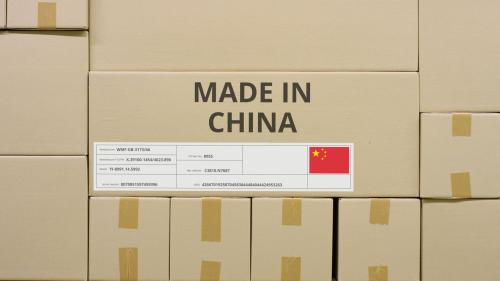The case that the Federal Reserve’s quantitative easing widened the gap between rich and poor is appealingly simple: The Fed bought a lot of bonds, that pushed investors into stocks, real estate and other assets. The rich hold more of those assets so they benefitted more than everyone else.
But is that correct? Watch the video to find out:
Would there have been more or less inequality had the Fed done nothing after it cut interest rates to zero in 2008? Would the unemployment rate have risen even more than it did? Would Congress have done more on the spending and tax front had the Fed done less? Don’t lower interest rates generally help borrowers (lower income) more than lenders (higher income) and thus reduce inequality? Did the Fed’s success at pushing down mortgage rates help some parts of the U.S.—the ones that escaped the worst of the housing bubble and bust—more than parts where housing prices fell sharply?
The Hutchins Center on Fiscal and Monetary Policy at Brookings will seek answers to those questions on Monday, June 1, beginning at 9:30 a.m. We’ve commissioned three papers: Josh Bivens of the Economic Policy Institute looks at the channels through which conventional and unconventional monetary policies influence inequality. Matthias Doepke and Veronika Selezneva of Northwestern and Stanford’s Martin Schneider analyze the impact of monetary policy on the distribution of wealth across households. Martin Beraja, Erik Hurst and Joe Vavra of the University of Chicago and Andreas Fuster of the New York Federal Reserve show how QE affected different regions of the U.S. differently.
Responding will be Donald Kohn, former vice chairman of the Fed now at Brookings; Kevin Warsh, a former Fed governor now at Stanford’s Hoover Institution; Susan Lund of the McKinsey Global Institute; Mark Zandi of Moody’s Analytics; and Jean Boivin, former deputy finance minister of Canada, now at BlackRock.
The Brookings Institution is committed to quality, independence, and impact.
We are supported by a diverse array of funders. In line with our values and policies, each Brookings publication represents the sole views of its author(s).


Commentary
Inequality: Is the Fed to blame?
May 28, 2015